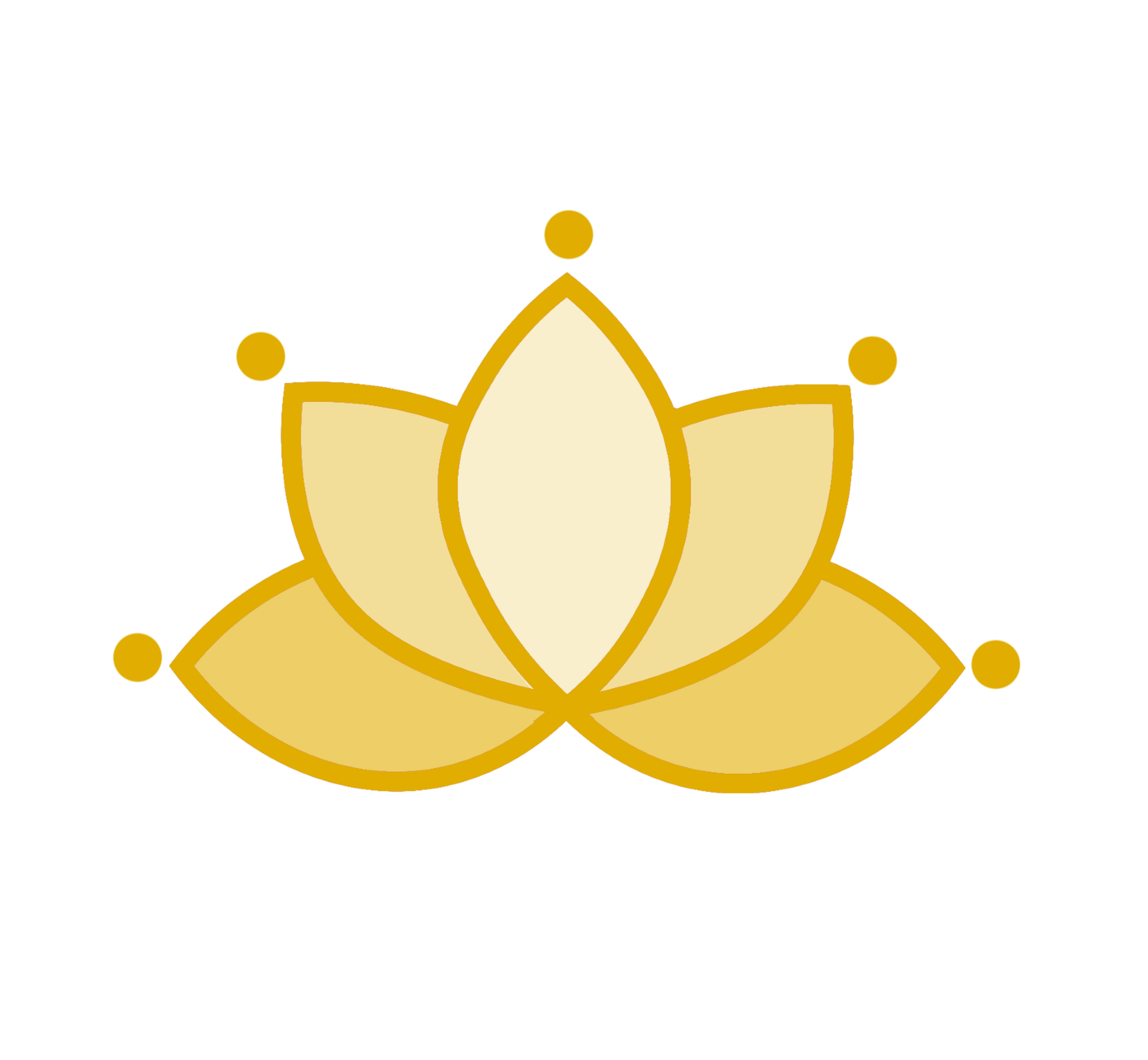Kshara are ashes of plant drugs or the derivatives of such ashes in the form of solutions or crystals, all of which have the basic quality of being alkaline. according to their state. liquid or solid, they are called as Drava Kshara (liquid form) and Churna Kshara(amorphous form) respectively.
In the Science of Ayurveda, five elemental components of drugs are recognised as for other substances in this universe. These elemental components are known as the ‘pancha bhuta’ (five elements).
They are:
Agnibhuta – equated with fire
Jalabhuta – equated with water
Akasabhuta – equated with ether
Prithvibuta – equated with earth
Vayubhuta – equated with gas
According to such a classification, the Kshara belong to the agnibhuta since the properties of ksara are burning and destructive. That simply means the material is ‘caustic’.
As the Kshara are medicines with caustic and destructive properties, they are applied to destroy keloid, warts etc., which should be got rid of. Kshara are administered internally in some gastro-intestinal disorders.
The Kshara are classified into two groups, those that are meant for external application (amorphous state) and those intended for internal administration (liquid state). These two groups are further classified into three groups each, according to their alkalinity or strength as mild medium and strong.
Preparation
Equipment required
1. The drugs enumerated in the formula.
2. The crucible or dish for incinerating the drugs. An earthern crucible with a lid is used when incinerating the material in a closed atmosphere. Usually two pans or bowls of equal size taken and sealed with a clay smeared ribbon around the rim after putting the material to be incinerated inside. When there is no necessity of incinerating the material in a closed atmosphere, it may be incinerated in a dish. It is better to partially cover the dish to prevent the ashes from being blown away by wind.
3. Vessel for dissolving the ashes in water.
4. Vessel for boiling the solution.
5. Small container or wide dish for crystallisation of the alkali – (for use when crystalline or amorphous Kshara are to be prepared).
Process of Preparation
The drug or drugs from which the Kshara are to be prepared are well dried and cleaned to remove extraneous material and then incinerated. The ashes obtained after incineration are mixed with clean potable water and allowed to stand undisturbed for twenty four hours. After this period. the water is decanted and taken, which contains the essential substances in solution. In the case of a liquid Kshara , the liquid is evaporated until it is reduced to 4 or 1/8 of the original volume. When an amorphous (or crystalline) Kshara is to be obtained, the solution is heated until all the water is lost or until crystals begin to form. The solution that is highly reduced is kept undisturbed over night to obtain crystals that settle down.
Sometimes the ashes are used without any processing. These may have to be prepared into dark substances or otherwise as directed in the recipe.
Storage
Kshara , whether in liquid form or in the form of crystals, should be stored in glass bottles or tubes. Rubber or cork stoppers should not be used as they will be acted upon by these caustic medicines. Glass or plastic stoppers should be used.
Usage
Since Kshara are caustic in properties, they have to be used and prescribed with due caution.









